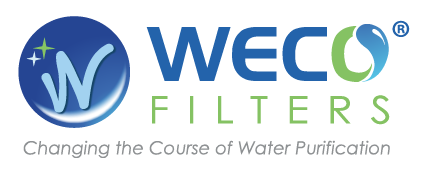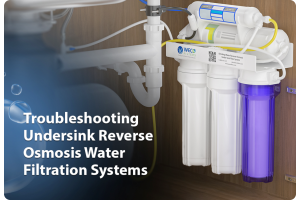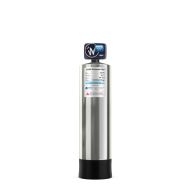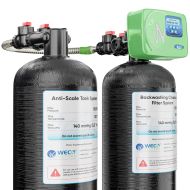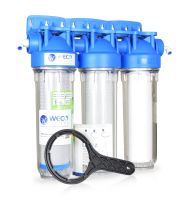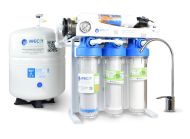TCE and WECO Filter Solutions
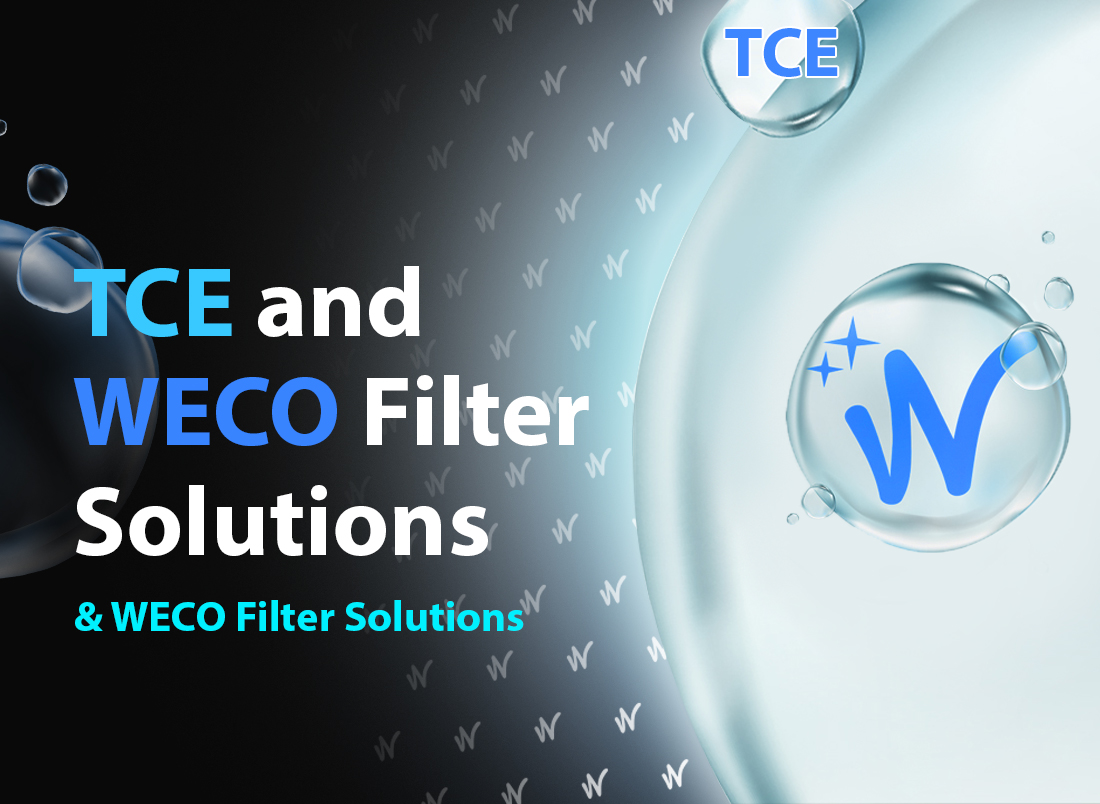
What is TCE?
Trichloroethylene (TCE) is classified as a halogenated aliphatic organic compound. TCE is a colorless, nonflammable liquid. Because of its unique cleaning properties and solvent action TCE has been widely used as in manufacturing, industrial cleaning solvents, paint removers and as a “universal” degreaser for over 50 years. TCE also is used for scouring cotton and other fabrics in the textile industry. It is used in the pharmaceutical industry as a solvent for waxes, fats, resins, and oils and in the aerospace industry. Many consumer products, such as correction fluid, paint remover, adhesives, and spot removers, contained TCE. TCE was thought to be relatively harmless and was disposed of in landfills and chemical waste sites. Improper disposal practices and leaking storage tanks also led to groundwater contamination. In California alone, an estimated 161,315 pounds of TCE were released to the environment. TCE is the most frequently detected volatile organic chemicals (VOCs) in ground water in the United States. In a New Jersey study, approximately 20% of 315 wells tested were contaminated with TCE and/or other VOCs above the 1 ppb detection limit. TCE contamination has led to the closure of water supply wells on Long Island, N.Y. and in Massachusetts. Detectable levels of at least one of 18 VOCs, including TCE, were found in 15.9% of 63 water wells sampled in Nebraska.
TCE and Health Hazards
Trichloroethylene is believed to be a human health hazard after being processed in the liver. Biological processes within the body convert TCE into carcinogenic compounds. Research from cancer bioassays performed by the National Cancer Institute (later the National Toxicology Program) showed that exposure to trichloroethylene is carcinogenic in animals, producing liver cancer in mice, and kidney cancer in rats. Recent studies in laboratory animals and observations in human populations suggest that exposure to trichloroethylene might be associated with congenital heart defects. The National Toxicology Program’s 11th Report on Carcinogens categorizes trichloroethylene as “reasonably anticipated to be a human carcinogen”, based on limited evidence of carcinogenicity from studies in humans and sufficient evidence of carcinogenicity from studies in experimental animals. Drinking or showering in water contaminated with TCE poses many health concerns. TCE is rapidly absorbed into the bloodstream following inhalation and ingestion and it is quickly distributed to organs, including the liver, kidneys, and cardiovascular and nervous systems. The amount of TCE that is considered a risk to health depends on many variables, such as the amount of water a person drinks, their size, their age, and whether they have other health conditions, such as an immune condition. There may be some increased risk for health effects for the most highly exposed and sensitive individuals.
TCE and drinking water contamination
TCE can percolate quickly through soil along with rainwater and into groundwater. TCE can adsorb onto soil particles above underground water supplies. When groundwater percolates through the TCE-contaminated soil, it becomes picks up the solvent. Wastewater or municipal water supply treatment systems using standard practices including coagulation, sedimentation, precipitative softening, particulate filtration and chlorination are ineffective for reducing concentrations of TCE to “nonhazardous” levels. TCE contamination can be found in wells and municipal water supplies. The United States Environmental protection Agency has the set the maximum allowable level of TCE in drinking water at 5 ppb (parts per billion). Many people would rather not be exposed to this carcinogenic chemical at any level. Fortunately, there are steps you can take to reduce you and your families’ exposure to TCE.
How do I protect myself from TCE contamination in my water supply?
A properly designed water filtration system will remove TCE. However, not all water filters remove this solvent. WECO water filters use the Best Available Technology (BAT) to remove TCE from your water supply. An WECO filtration system using granular activated carbon (GAC) or solid block carbon cartridges is the best way to remove TCE from the water supply. The type of WECO filter that works best for you should be based on: how much water you use, available space and plumbing access, and whether you want protection against TCE vapor exposure.
There are two types of WECO filter systems for TCE removal:
1. Point-of-use (POU) filters that treat water for one sink or shower.
2. Whole-house point-of-entry (POE) filtration that treats all the water that enters the home, not just water from one sink or appliance. The POE filter system usually consists of a prefilter and granular activated carbon filtration.
For simple Point-Of-Entry TCE protection an WECO countertop filter is recommended. This small, single cartridge filter provides particulate, taste, odor and TCE protection. The filter installs on your faucet and provides purified water for drinking and cooking. No plumbing is required. To protect against TCE vapors, use an WECO shower filter. The shower filter contains high-grade activated carbon that will protect you and your family from breathing vapors and skin exposure to TCE. An WECO shower filter is easy to install. Just screw it onto your existing shower head.
The most comprehensive and efficient way to protect against TCE and other organic contaminants is with an WECO whole house activated carbon filtration system. WECO whole house filtration systems provide filtered water to every faucet, shower and water-using appliance in your home or business. All water entering your home or business passes through activated carbon, removing TCE and other organic chemicals that cause taste, odor and health concerns.
The WECO difference
While other water filter sellers take a generic one size fits all approach to filtration, this often leads to poor water filtration and costly corrective measures. WECO manufactures a variety of water purification systems designed to fit perfectly with each customer’s unique needs. WECO technical support and sales staff are here to help you select the right solution to your filtration needs. Our friendly staff are here to help. Just give us a call and we’ll explain all your options to protect against TCE and other water purification concerns.
References:
Plus cost of maintenance per year
